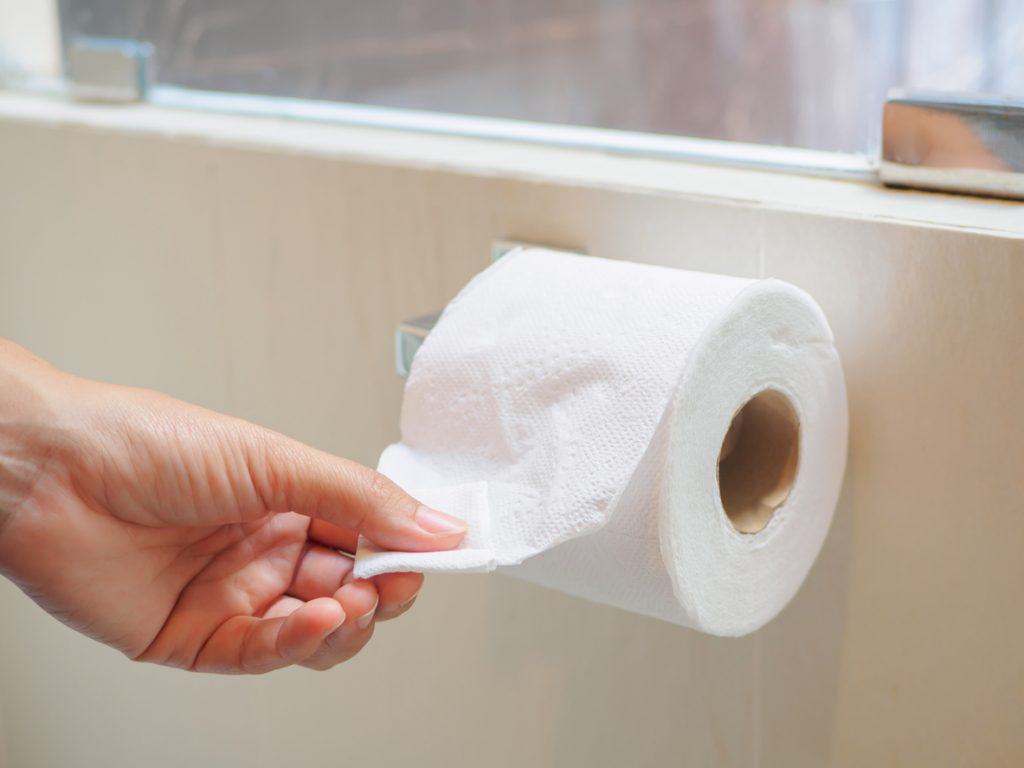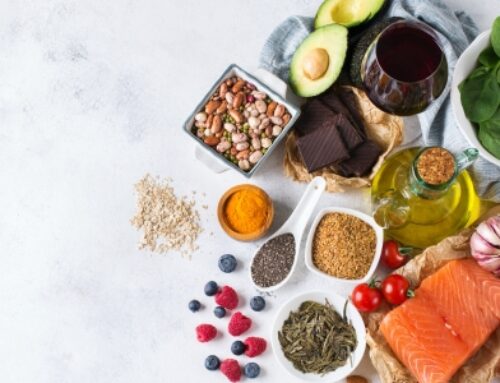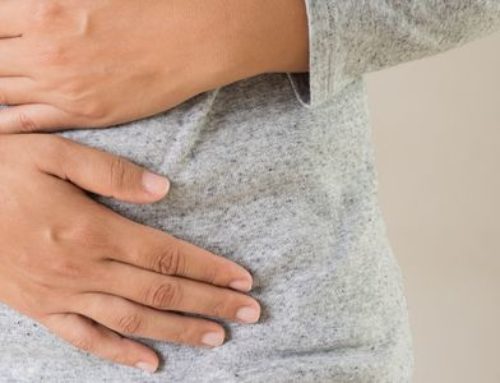
Ever wanted to know the secrets behind regular bowel movements?
Thinking about your bowels and how regular you are may not be a daily thought, unless you are a dietitian, or living with a dietitian! Then talking about how many times you poo is a daily conversation, almost like talking about the weather!
You don’t usually take any notice of your bowels until something unexpected happens like a sudden bout of constipation, or sudden urgency to go; or after you’ve read something online. At that point you realise how easy it is to take regular bowel movements for granted!
But what is ‘regular’? What is regular for me, may not be for you. So despite the age old myth that you need to poo once a day, that is not necessarily the case. To get an idea of what is normal for you, pay attention to the number of times you need to poo and take notice of whether or not you are straining or whether it is an effortless process. Once you start to become more aware, you will begin to notice what is normal for you.
Where is the line between ‘normal’ and ‘not so normal’?
Here are some signs of constipation:
- Straining more often than not during a poo.
- If you pass small, hard poo, more often than not.
- You experience pain during a poo.
If you start to experience any of the following, then this may indicate signs of diarrhea:
- You have loose and watery stools more often than not.
- You notice an urgent need to go to the bathroom more often than not.
Here some tips for healthy bowels:
Eat more fibre
Eating a diet rich in fibre has endless benefits to your bowels. Diets high in fibre are known to reduce constipation by adding bulk to stool and promote bowel regularity along with supporting overall good gut health!
The recommended amount of fibre in your diet is 25-30g. If you’re not or don’t think you’re meeting that, it is easy to start to make simple swaps in your diet to reach this amount. It is best to start to increase fibre slowly in your diet to reduce the likelihood of any gastro upset.
Practical tips to help easily increase your fibre intake:
- Swapping white bread for wholemeal bread can easily double your fibre intake from 2.5g to 5g
- Swap white pasta for wholemeal pasta (e.g Vetta) can increase your fibre intake from 3g to 8g
- If you swap croutons in a salad to chickpeas, you’ll easily increase your fibre intake from 1g to 11g
Support the good guys
Everyone knows probiotics as the cute little blue blobs with adorable smiles on the Inner Health Plus add. They are actually however, living bacteria that reside in your digestive system. I know the thought of bacteria in your gut can be tough to handle, as we commonly associate bacteria with disease and infections! But, don’t get these good guys confused with their counterparts. Probiotics are helpful bacteria that keep your gut healthy.
While our understanding of pro and prebiotic’s are still relatively limited, suggestive research has reported the benefits of pro and prebiotic’s on bowel movements.
Some research investigating probiotics and bowel movements have reported:
- Modest evidence suggests Lactobacillus rhamnosus GG (aka LGG) may help assist with acute infectious diarrhoea and antibiotic associated diarrhoea.
- Suggestive evidence reported Bifidobacterium and Lactobacillus may help with constipation.
In addition to probiotics, there are also prebiotics. Again, there has been positive research indicating the benefits of probiotics on bowel movements – definitely an area of research to look out for. In the meantime, you can find prebiotics in a number of foods including:
- cultured cheese
- kefir
- tempeh
- sourdough bread
- pickles
- dark chocolate
- onion, garlic and leek
- asparagus
- banana
- cabbage
- legumes – beans (kidney, butter, broad), chick peas, lentils
- and wholegrains – wheat, rye, corn, oats
Stay hydrated
Making sure you are hydrated is key for maintaining regular bowel movements. How do you know if you are hydrated you ask? Well look at the colour of your urine. Dark urine can be an indicator of dehydration and colourless urine may indicator of over-hydration, so you want to try to aim for a transparent yellow coloured urine.
Staying hydrated can be difficult during the colder months, especially when it comes to remembering to drink water! Practical tips to help stay hydrated over the winter:
- Try to always carry a water bottle with you. This may mean carrying a small bottle in your handbag (if you have one!) or keeping a water bottle on your desk.
- Try to drink water with every meal.
- Try to incorporate foods into your meals that are hydrating, for example: cucumbers, tomatoes, lettuce and fruits.
- Having trouble drinking plain water? Flavouring water with a flavoured tea is a great low calorie way to encourage drinking throughout the day. (You now have a great reason to go back to T2!).
Move it!
It’s all about gravity. Moving around and getting physically active helps stimulates muscles in your gut to help churn and move digested food through your system. It can be difficult these days to have the time and energy to dedicate to physical activity, on top of other daily to-do’s. However, it doesn’t have to be complicated at all! To start off, it is as simple as dedicating 30mins in your day. This 30 minutes can be broken down into three 10min blocks, two minute intervals during commercials or all at once – you just need to find a routine that works for you. The next step is finding something you like, whether it is running, walking, jazzercise at home, going to the gym or walking to and from the car.
References
Ciorba MA. A Gastroenterologist’s Guide to Probiotics. Clinical gastroenterology and hepatology : the official clinical practice journal of the American Gastroenterological Association. 2012;10(9):960-968. doi:10.1016/j.cgh.2012.03.024.
Choi CH, Chang SK. Alteration of Gut Microbiota and Efficacy of Probiotics in Functional Constipation. Journal of Neurogastroenterology and Motility. 2015;21(1):4-7. doi:10.5056/jnm14142.
Zhao Y, Yu Y-B. Intestinal microbiota and chronic constipation. SpringerPlus. 2016;5(1):1130. doi:10.1186/s40064-016-2821-1.



